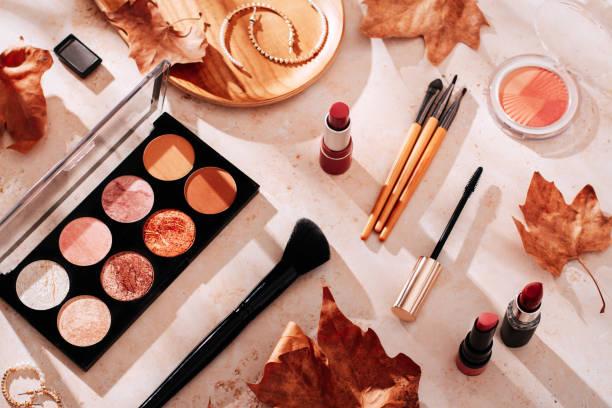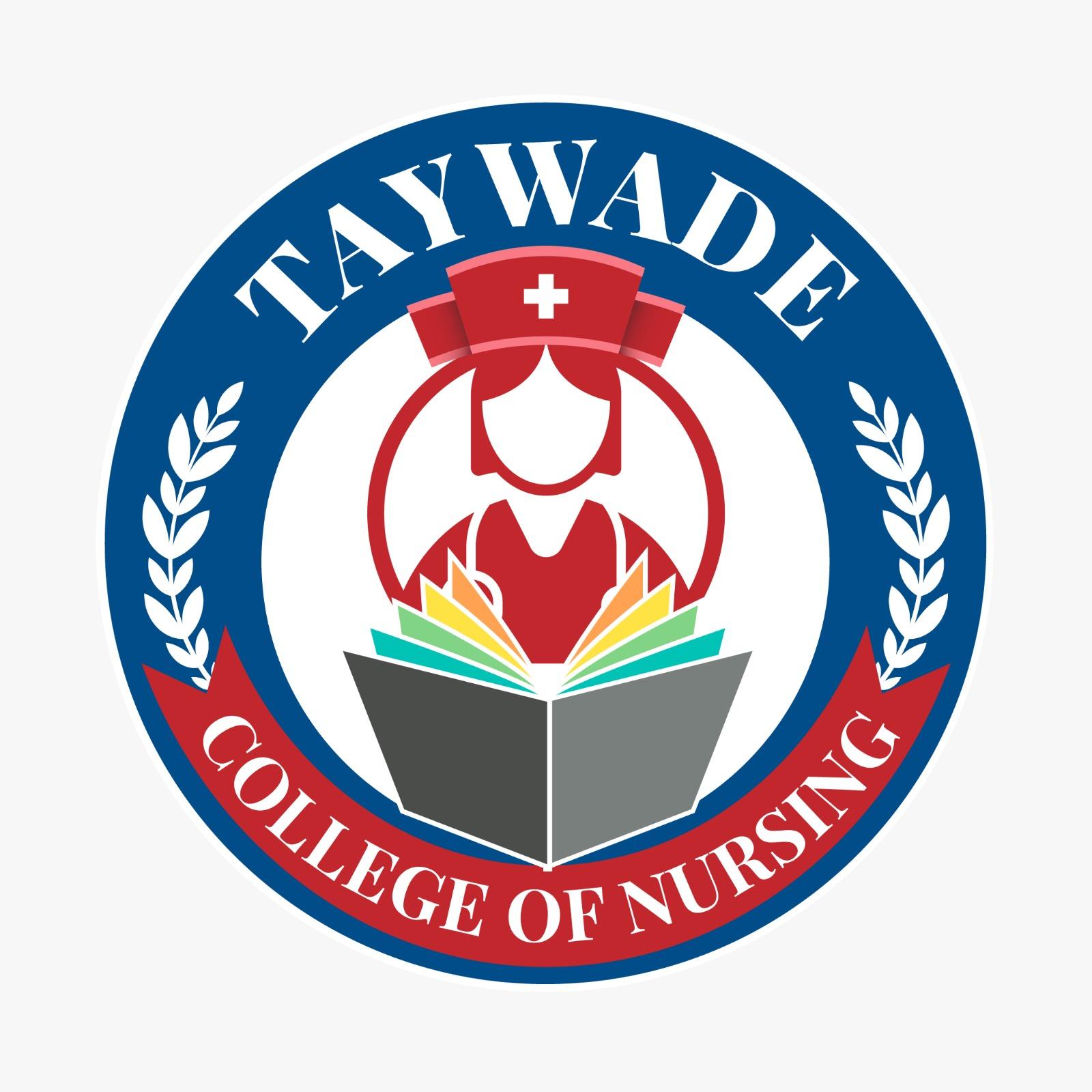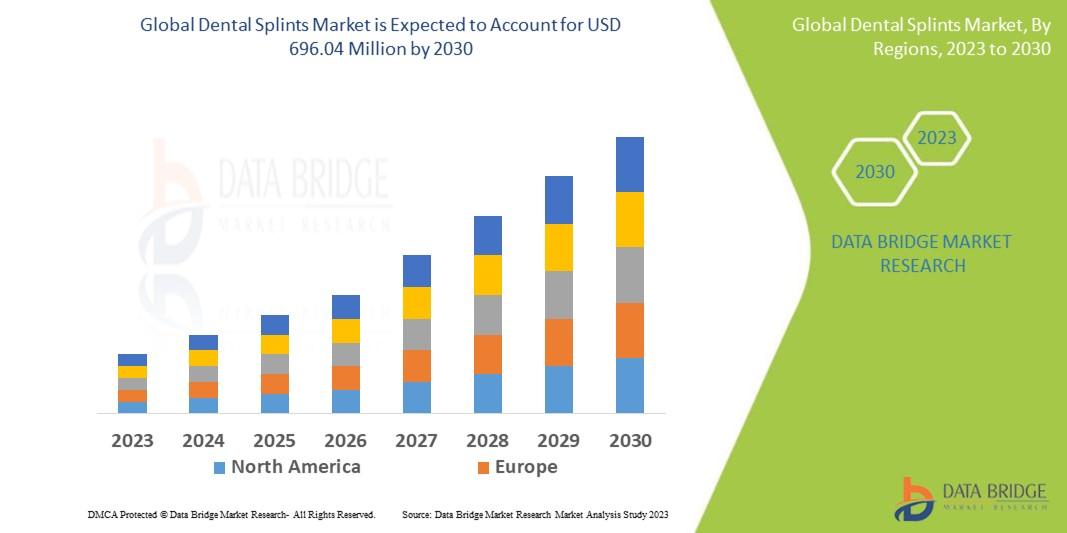Social Media and Influencer Trends in the Online Cosmetics Market

The online cosmetics market is experiencing a profound transformation shaped by social media and the rising influence of content creators. Platforms like Instagram, TikTok, and YouTube have become powerful launchpads for product discovery, allowing brands to reach niche audiences in ways traditional advertising could never. Consumers no longer buy based on glossy ads they trust peers, creators, and authentic stories. Whether it’s from a beloved influencer demonstrating a full-face skincare routine or a viral TikTok showing how to double-mask effectively, these micro-moments drive engagement, credibility, and sales with remarkable speed.
Influencers continue to redefine beauty standards by emphasizing diversity, individuality, and real-world results. Rather than idealized imagery, audiences gravitate toward creators willing to share skin struggles, aging gracefully, mixed routines, or minimalist looks. This shift has prompted online cosmetic brands to collaborate with influencers for co-created lines, limited drops, or “friendly filters” campaigns collaborative strategies that feel personal and inclusive rather than scripted.
Short-form content dominates the landscape. Quick transitions, demo videos, before/after reveals, and “dupe” comparisons often go viral overnight and challenge traditional metrics of beauty credibility. The more an influencer demonstrates texture, wearability, or ease-of-use, the stronger the connection with viewers. Brands that can adapt by packaging products for short video format think single-drop serums, hybrid balm-tints, or instant-set powders benefit from being content-ready and shareable.
Savvy marketers are turning to interactive campaigns to deepen engagement. Virtual try-ons powered by augmented reality filters, live-streamed tutorials with real-time chat, “haul” giveaways, and swipe-up link promotions turn passive viewers into active shoppers. In effect, influencer-driven commerce is merging with entertainment setting expectations for shopping that is seamless, social, and immediate.
Consumers are also demanding transparency. They follow influencers who disclose ingredient preferences, label cruelty‑free or shade‑inclusive ranges, or advocate for clean formulations. When creators share honest feedback about scent, feel, longevity even packaging waste it fosters brand trust. Brands that invite influencers to test their products over time, showcase wear trials, or address failures openly often earn far more allegiance than those relying solely on staged photos or polished campaigns.
Looking ahead, the intersection of social media and online cosmetics is shaping a new category of co-creators. As more consumers become creators themselves sharing DIY skincare hacks, mixing oil and tint, or gifting palettes a peer-driven approach is driving product ideation. Cosmetics companies that can harness this creative energy by offering customizable kits, community-supported formulations, or tiered collaborations will continue to lead. In a space where relevance evolves daily, success belongs to those embedding authenticity, creativity, and connection into every post, palette, and partnership.








